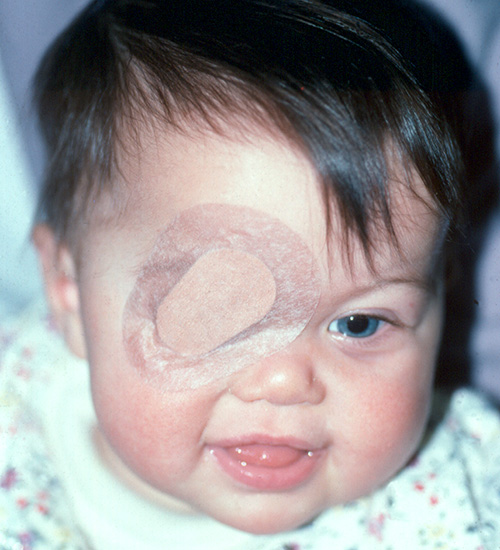Your Baby's Vision
Babies have poor vision at birth but can see faces at close range, even in the newborn nursery. At about six weeks a baby's eyes should follow objects and by four months they should work together. Over the first year or two of life, vision develops rapidly. A two-year-old usually sees around 20/30, nearly the same as an adult.
Parents should be aware of signals of poor vision. If one eye turns or crosses, that eye may not see as well as the other eye. If the child is uninterested in faces or age-appropriate toys, or if the eyes rove around or jiggle (nystagmus), poor vision should be suspected. Other signs to watch for are tilting the head and squinting. Babies and toddlers compensate for poor vision rather than complain about it.
Should a baby need glasses, the prescription can be determined fairly accurately by dilating the pupil and analyzing the light reflected through the pupil from the back of the eye.
A baby's vision can also be tested in a research laboratory where brain waves are recorded as the child looks at stripes or checks on a TV screen. The test is called Visual Evoked Potential (VEP). Another test called preferential looking or Teller Acuity Cards uses simple striped cards to attract the child's attention. In both tests, as the stripes grow smaller, the child eventually does not respond (with brain waves or by looking at the stripes).

Patching for a Lazy Eye
